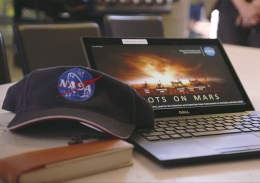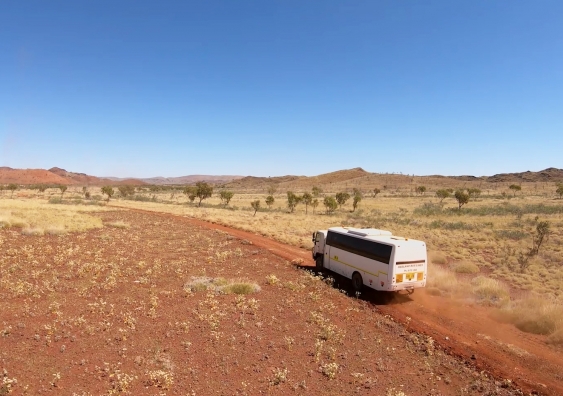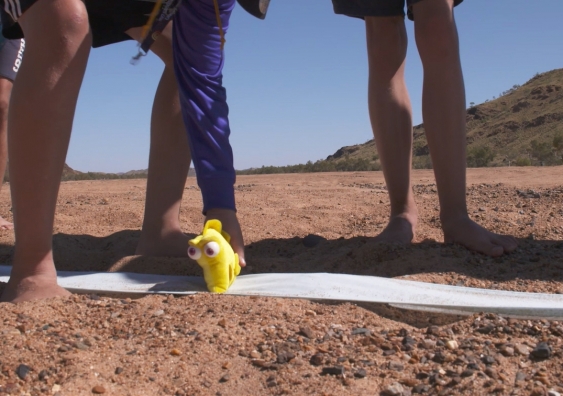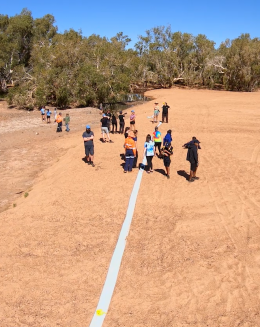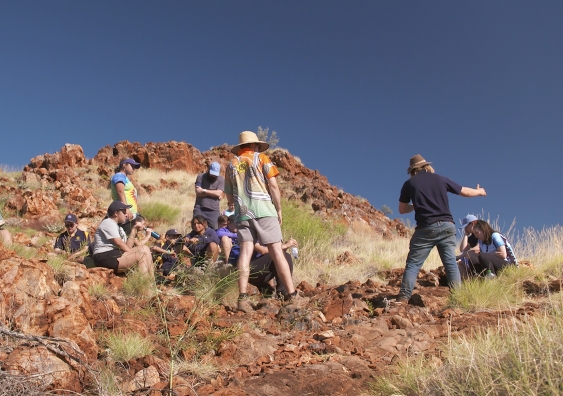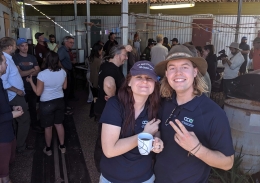Ancient signs of life: inspiring the next generation of scientists in the outback
As Perseverance prepares to launch for Mars, two UNSW PhD students look back on a field trip that gave Indigenous high school students a behind-the-scenes look at the rover’s upcoming mission.


